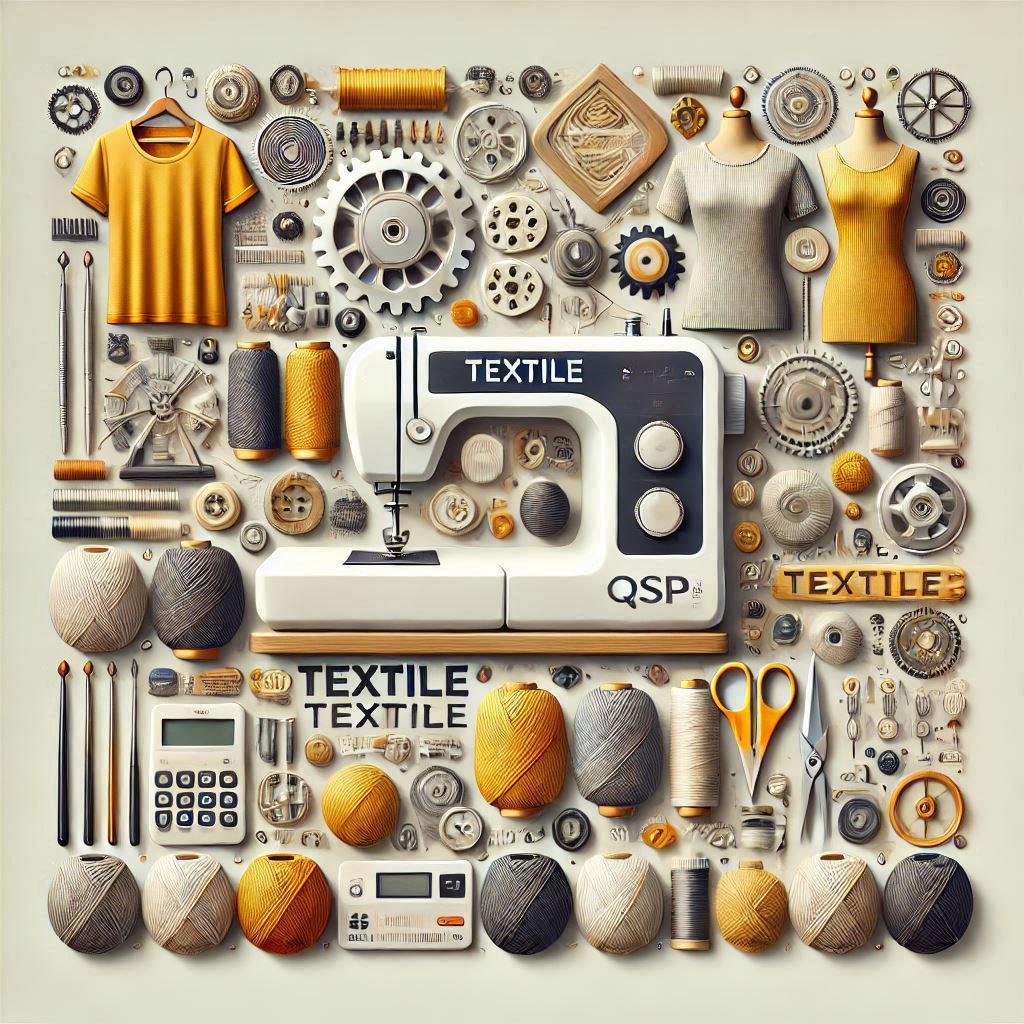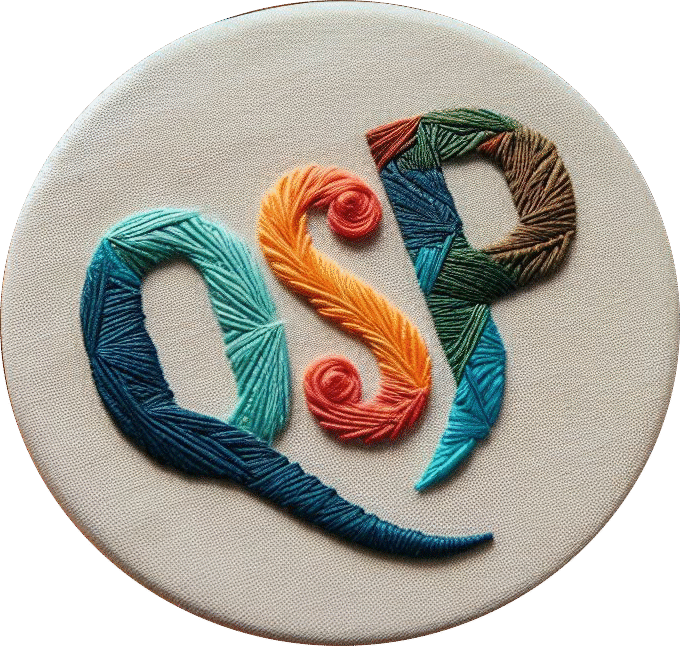In the textile industry, the types of fibres used play a crucial role in determining not only the performance and feel of a fabric but also its environmental footprint 🌍. Two categories that often cause confusion are regenerated fibres and synthetic fibres. While both are man-made, they differ significantly in origin, composition, production process, and sustainability profile. This article explores the differences between regenerated and synthetic fibres, helping you make informed decisions — whether you’re a brand or a conscious consumer 🧠.
🔍 Regenerated Fibres: Nature Refined
Regenerated fibres are derived from natural cellulose sources such as wood pulp, cotton waste, or bamboo 🎋. These raw materials are processed through chemical treatments to extract the cellulose, which is then converted into a fibre that can be spun into yarn. If you’ve ever wondered how regenerated fibres are made, the process involves transforming plant-based raw materials into smooth, wearable threads using eco-conscious techniques ✅.
Viscose, Modal, and Lyocell (branded as TENCEL™) are among the most well-known regenerated fibres. These materials are popular in the fashion and home textile sectors for their softness, breathability, and drape. They offer a feel very similar to cotton or silk but with added fluidity and versatility — one of the key benefits of using regenerated fibres over synthetic alternatives 🌿.
From an environmental perspective, regenerated fibres can be a more sustainable option, especially when they are produced using responsible sourcing and closed-loop manufacturing 🔁. Understanding how regenerated fibres are made allows businesses and consumers to appreciate the delicate balance between nature and technology that these materials represent.
🧪 Synthetic Fibres: Chemistry in Motion
In contrast, synthetic fibres are produced entirely through chemical synthesis, starting from petroleum-based materials such as crude oil and natural gas 🛢️. Through polymerisation, these chemicals are transformed into long-chain polymers, which are then extruded into filaments and spun into yarn.
The most common synthetic fibres are polyester, nylon, acrylic, and elastane (spandex). These materials are valued for their durability, strength, and resistance to wear and tear. However, the environmental impact of synthetic fibres cannot be ignored 🚫. Their production relies heavily on fossil fuels, and they are non-biodegradable, contributing to pollution and the growing issue of microplastics in oceans 🌊.
In any textile industry fibre comparison, synthetic fibres may win on performance and price, but they often lose when it comes to long-term sustainability.
⚖️ Comparing the Two: A Matter of Source and Impact
The main differences between regenerated and synthetic fibres lie in their origin, biodegradability, and overall sustainability 🌱. Regenerated fibres begin with renewable, natural sources and are often biodegradable, whereas synthetic fibres stem from petrochemicals and can take centuries to break down 🧪.
Moreover, the environmental impact of synthetic fibres includes high carbon emissions, chemical waste, and microplastic release — a stark contrast to the potential eco-benefits of responsibly manufactured regenerated fibres 💧. This textile industry fibre comparison clearly shows how these categories serve different purposes but also come with unique responsibilities.
🌍 Why Understanding the Difference Matters
With sustainability gaining momentum, understanding how regenerated fibres are made and their role in reducing environmental harm is critical. The benefits of using regenerated fibres include lower water usage, renewable sourcing, and comfort for the wearer. Meanwhile, the environmental impact of synthetic fibres remains a topic of global concern, especially as fashion brands seek cleaner production methods 🔄.
Whether you’re comparing materials for a new collection or simply learning about fibre types, being aware of the differences between regenerated and synthetic fibres is key to making better decisions — for your product, your customers, and the planet 🌎.
Both regenerated and synthetic fibres are innovations of the textile industry, but they serve distinct purposes. This textile industry fibre comparison highlights that while synthetics dominate in activewear and industrial use, regenerated fibres are gaining traction for being more aligned with eco-conscious values ♻️. By understanding the benefits of using regenerated fibres and recognising the environmental impact of synthetic fibres, we move closer to a future where fashion and responsibility go hand in hand 👥.
At QSP Textile, we understand that choosing the right fibre can make all the difference — not only for product quality, but also for achieving your sustainability goals and ensuring production efficiency. Whether you’re launching a new collection or redefining your sourcing strategy, our team can help you select the most suitable fibres for your project 🎯.📩 Get in touch with us today to explore tailored textile solutions designed for your brand’s values and market needs.


Deja una respuesta